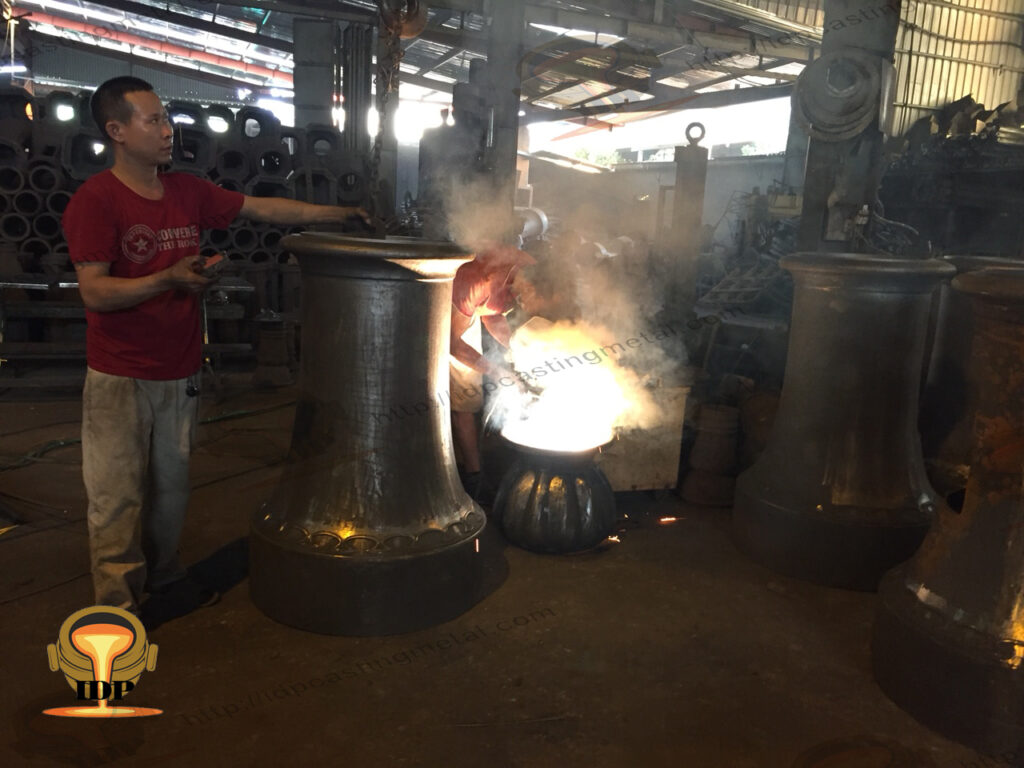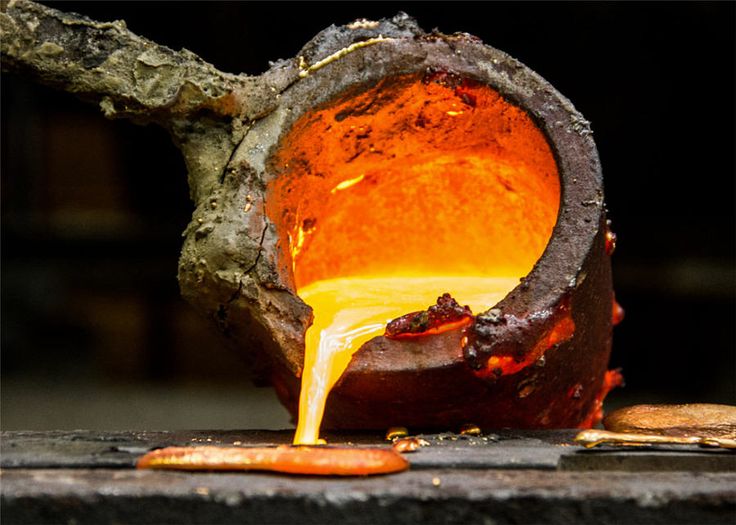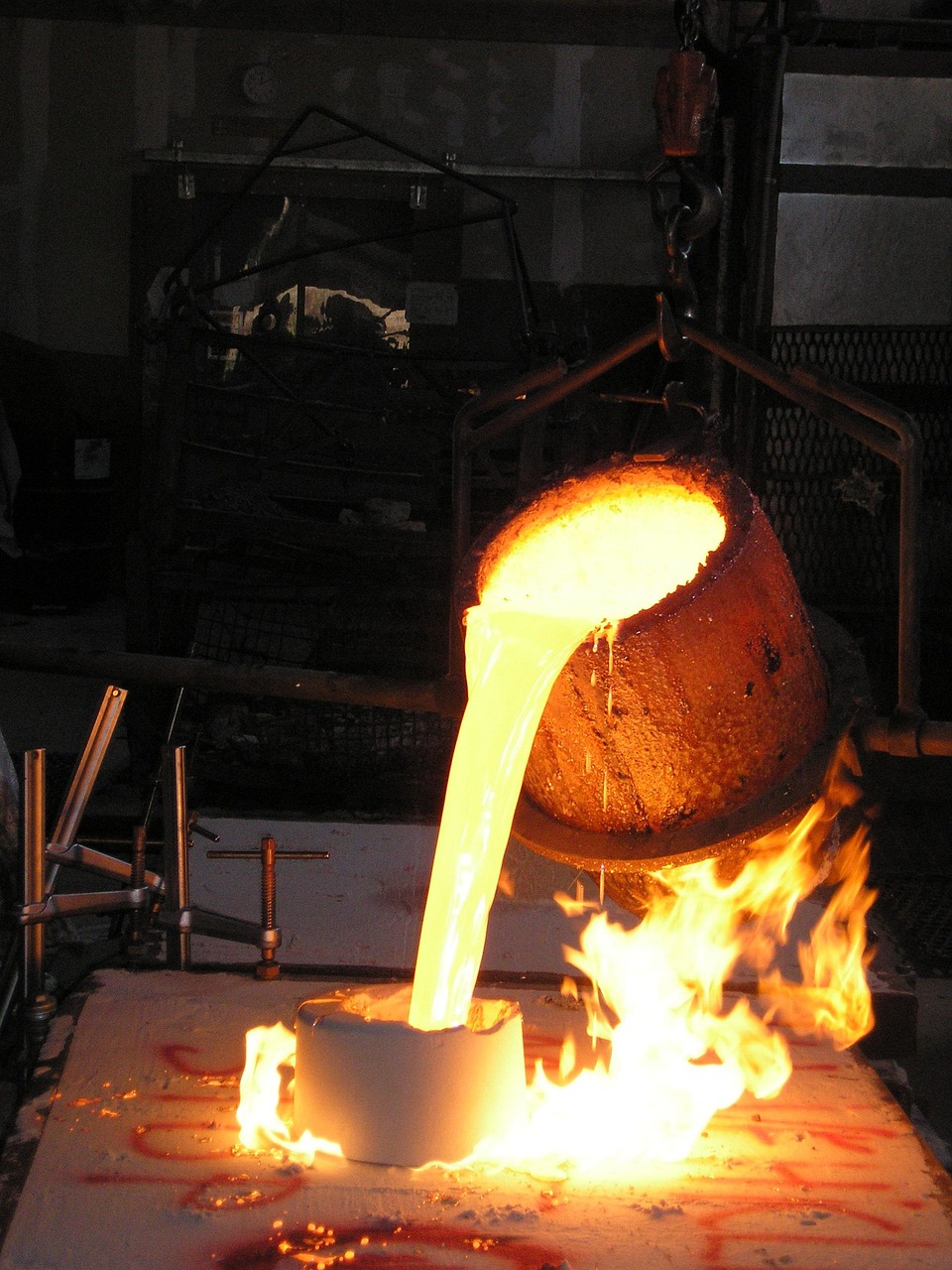The cast iron industry plays a significant role in modern manufacturing and infrastructure. Cast iron, an alloy of iron and carbon, has been used for centuries due to its excellent properties such as high strength, durability, and resistance to wear and deformation .
Today, cast iron is widely used in construction, machinery, automotive parts, and household items.

The process of casting iron involves melting the metal and pouring it into molds to form specific shapes. This method allows for the production of complex and detailed parts that would be difficult or expensive to create using other techniques.
There are several types of cast iron, including gray cast iron, ductile iron, and white cast iron, each with unique characteristics and applications.
Gray cast iron is commonly used in engine blocks, pipes, and cookware due to its good machinability and vibration damping.
Ductile iron, also known as nodular iron, contains spherical graphite structures that enhance its strength and flexibility, making it ideal for automotive components and heavy machinery.
White cast iron, which is hard and brittle, is used in applications where high wear resistance is required.
The cast iron industry not only supports other industries by providing essential components but also contributes to the economy through job creation and technological advancements. With ongoing innovations in materials science and manufacturing techniques, the cast iron industry continues to evolve, offering new opportunities and solutions for various sectors.
In conclusion, the cast iron industry is a vital part of industrial development. Its products are essential in many aspects of daily life and continue to serve as the foundation for engineering and technological progress.



